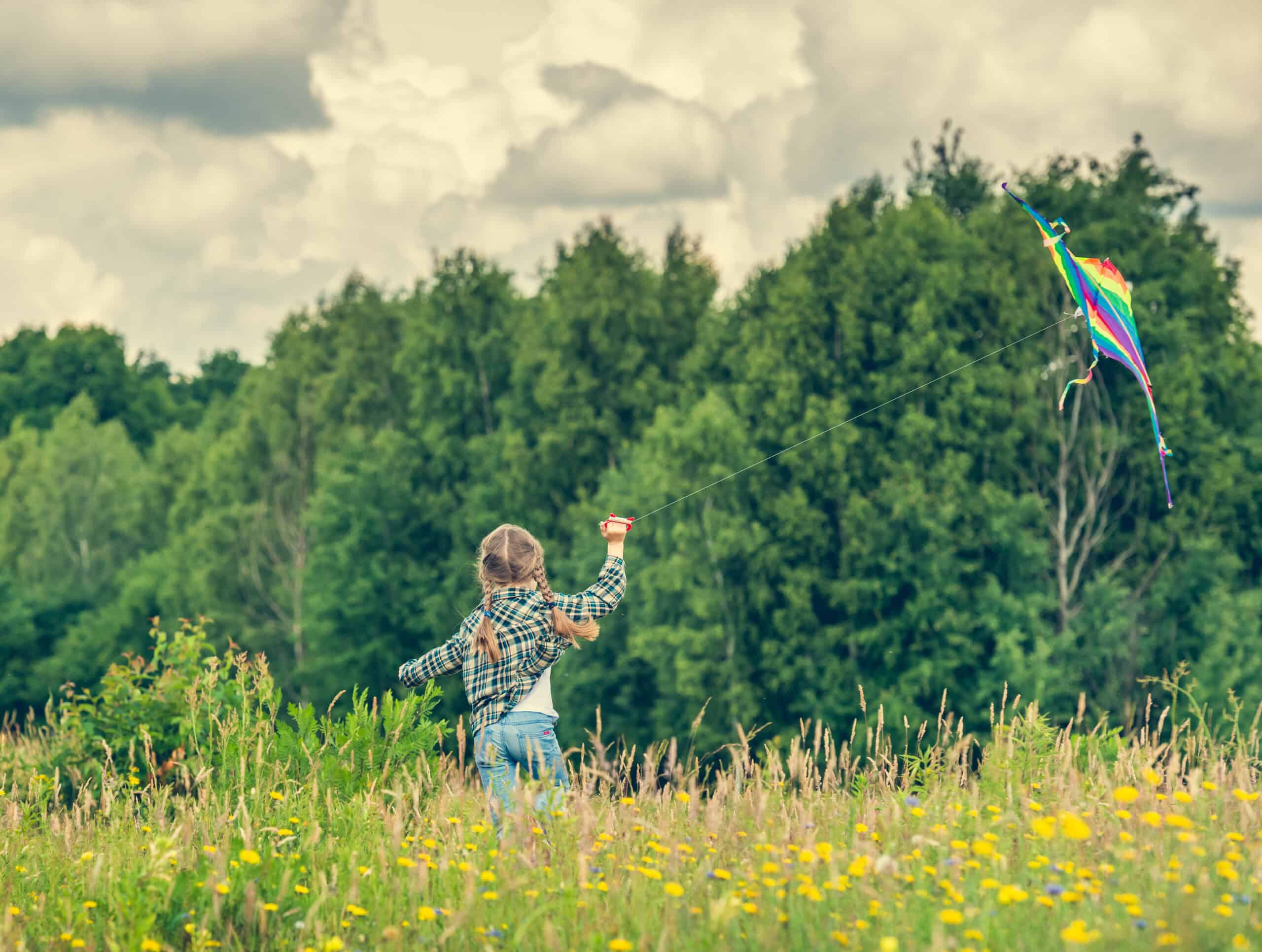Creativity is a very mysterious thing for lots of people.
Myths usually rely on a grain of truth that gets twisted and taken out of a wider context. There are a lot of misconceptions about creativity still floating freely all over the world, which suggests that the scientific research we know on this subject has not yet received the recognition it deserves. Let’s look closer at some creativity myths.
As you read, keep a balanced lens: the creative path has real challenges (uncertainty, iteration, feedback) and real joys (curiosity, flow, meaning). Both belong.
When we debunk myths, we let creativity breathe—much like how wonder shifts our attention as you can read in Wonder Starts in the Body: How Awe Moves Us—Literally.
Neuroscience Insight
Creativity isn’t a “right-brain only” trick. High-quality studies show no evidence that people are globally right- or left-brained in the way pop culture suggests. Instead, creative thinking recruits multiple large-scale networks in concert—especially the default mode (idea generation), executive control (goal-directed focus), and salience networks (switching/selection).
In highly creative people, these networks coordinate more effectively rather than working in isolation (6). This is trainable: with practice and domain knowledge, people learn to flex between mind-wandering and focus, gradually improving the “hand-off” between these networks.
These creative networks coordinate much like the way language learning rewires neural circuits (see The Neuroscience of Words).
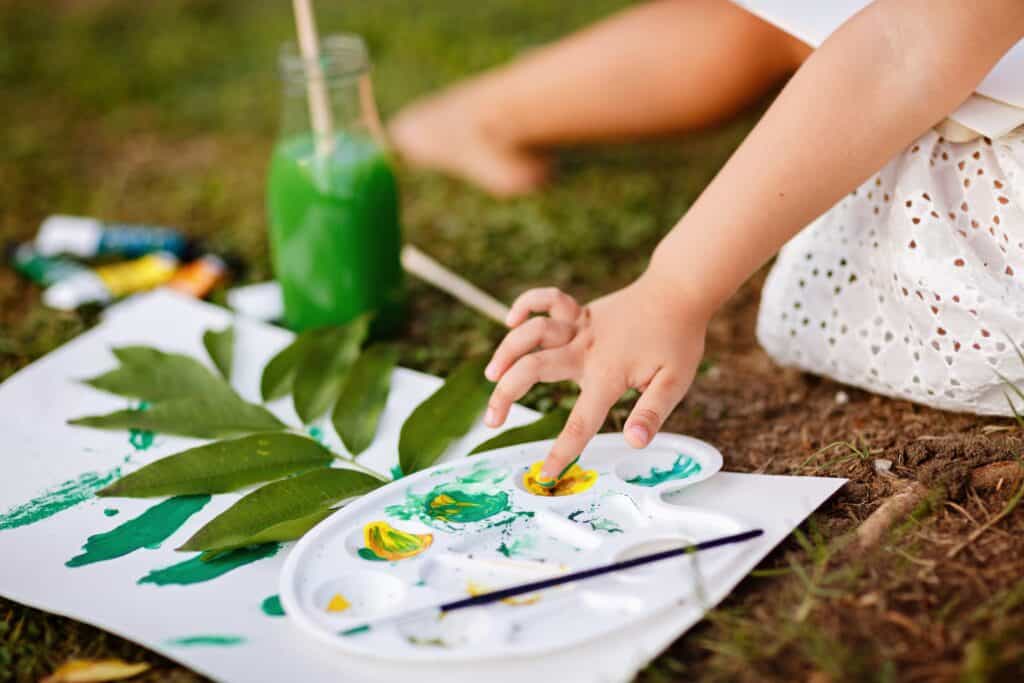
MYTH 1: Creativity is limited only to art
Creativity is very often associated with art disciplines, such as music, painting, graphic design, or dance, but in fact, creativity itself is not subject-specific. Creativity is a free form of self-expression involving making new connections between ideas in any area.
This means that we can be creative in maths, science, physics, and many other subjects. In every single discipline, creativity will be expressed differently.
Invite children (and colleagues) to notice everyday problem-solving—a new route to school, a kitchen “hack,” a code snippet—as creative wins, not just paintings on the fridge.
Just as playful, novel language (explored in Why ‘Silly Words’ Are Serious Business) can open new cognitive pathways, we can discover creativity in everyday problem-solving beyond painting or music.
MYTH 2: Creativity is a rare gift reserved for a talented few
Each one of us has a different combination of abilities, personality traits, and experiences that make us more or less able to express our creative potential. And creativity isn’t magically granted to us at birth. Recent research shows that when it comes to creativity, practice is extremely important and with proper training, anyone is capable of delivering new and creative ideas.
Some people can indeed express themselves very easily and create innovative ideas or products very quickly; however, that does not prevent each one of us from becoming more creative in the area that we are interested in. Think of creativity as a skill that compounds: consistent practice, feedback, and reflection grow creative capacity over time—just like literacy or sport.
Action tip: set tiny, repeatable reps (e.g. 10 ideas in 10 minutes, three days a week) and track progress.
The balance is important – while deliberate practice grows skill, don’t crowd out spontaneity and play—unstructured tinkering, daydreaming, and playful “what-ifs” often supply the raw material that practice shapes later.
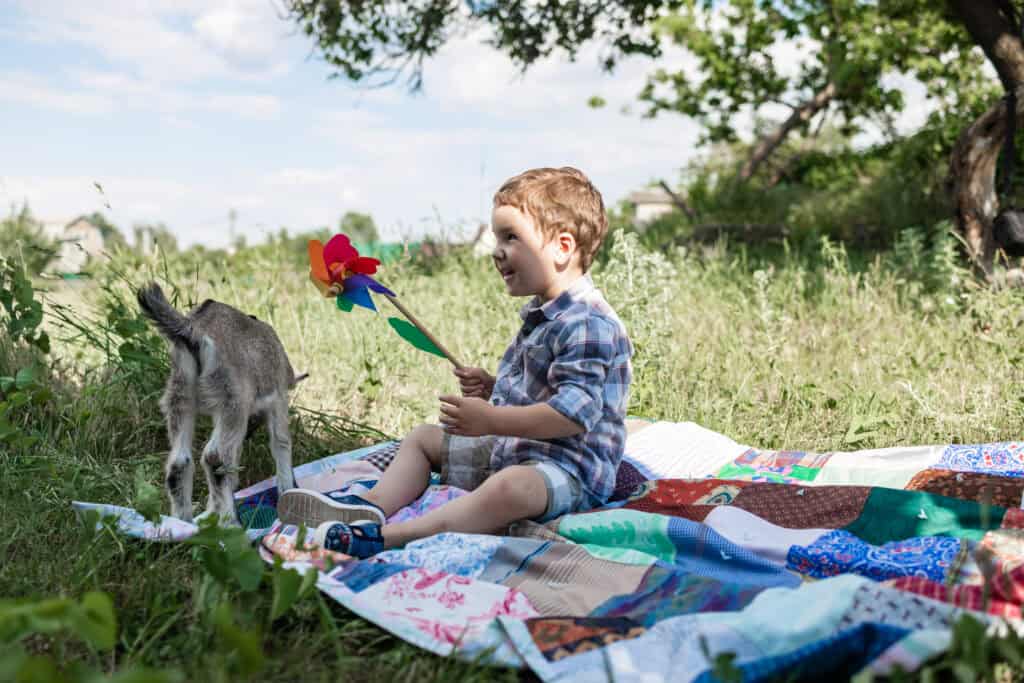
MYTH 3: The creative process is fun and shouldn’t be taken seriously
Creativity can be a fun activity to counterbalance the more serious “work” we need to do, but the creative process presents many challenges. It involves a lot of different components, such as imagination, problem-solving, originality, or productivity, which require concentration, persistence, and determination to succeed.
Hold both truths: it’s work (drafts, dead-ends, edits) and it can be deeply fulfilling (curiosity, flow, pride in making). Teaching the whole cycle—explore → make → test → revise—protects wellbeing and motivation.
Parents/teachers: build support systems—clear briefs, time boxes, feedback rubrics, and “done-for-now” milestones—to keep projects healthy and sustainable. Design cycles that braid both modes: short bursts of open, playful exploration (no evaluation) followed by focused shaping (clear constraints). Protecting play windows prevents practice from turning into grind and keeps curiosity alive.
PAUSE AND REFLECT
Think of one “Aha!” you had this week.
What prep work and constraints were already in place before that spark—notes you’d gathered, examples you’d seen, or problems you’d been quietly iterating on?
What support (time, tools, peer check-ins) made it possible—and which one could you add next time?
MYTH 4: To be creative you need to be right-brained
This myth says that some people are logical and analytical because they are left-brain dominant, while in contrast, others are creative and innovative because they are right-brain dominant. The two brain hemispheres do indeed function differently, but creative thinking is not confined to one side.
Instead, it is a team effort between multiple brain systems—across both hemispheres. Research shows that networks responsible for imagination, focus, and decision-making work together dynamically when we’re engaged in creative tasks.
In other words, creativity isn’t a trait you’re born with based on brain dominance—it’s a way of thinking that can be learned and strengthened.
The myth of “right-brain people” can discourage many learners from exploring their creative potential. Let’s reframe it with: creativity is a combination of curiosity, training, and thoughtful feedback.
Everyone has the hardware to be creative. What makes the difference is how we use it.
MYTH 5: Children get most of their creative experience from free play and unstructured art activities
There’s no doubt—free play is essential for children. It supports sensory exploration, builds motor skills, and opens up space for imagination. But not all play is inherently creative, and leaving children entirely to their own devices isn’t always the key to growing their creative thinking.
Creativity flourishes when children are challenged, supported, and guided. While spontaneous play has its place, children also benefit from intentional opportunities to problem-solve, explore new ideas, and experiment with tools and materials.
That’s where adults come in. Our role isn’t to take over, but to create environments that invite creativity—with gentle scaffolding like prompts, roles, or themes. Mixing in culturally diverse stories, music, and materials helps more children feel seen and sparks a wider range of ideas.
The best recipe?
Free play + thoughtful structure + cultural richness = creativity that grows and lasts.
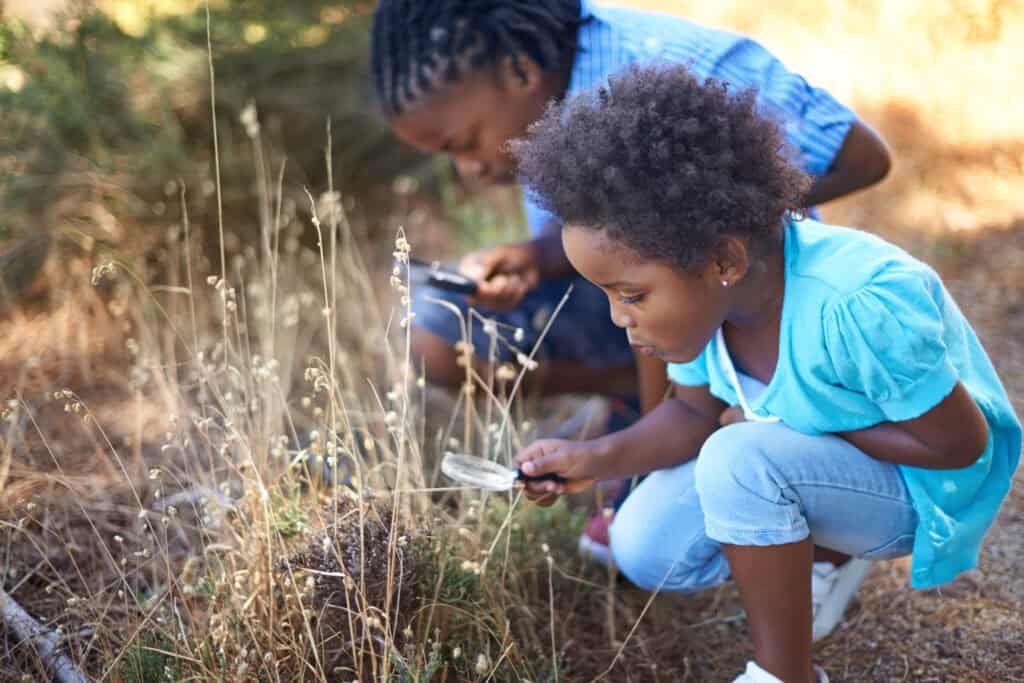
MYTH 6: Creative ideas are usually the result of a sudden inspiration
Creative thinking is commonly associated with a sudden inspiration, an Eureka moment, or a muse. However, recent research demonstrates that active engagement is an important aspect of creative cognition.
So rather than thinking about creative ideas as “falling out of the sky”, we should understand that they can only manifest from a foundation of knowledge and preparation.
Creativity is not a passive process, and creative ideas are a result of an individual’s hard work on a particular problem.
Joy hack: celebrate the micro-wins—a cleaner question, a testable draft, a kinder critique—not just the final product. It keeps momentum.
MYTH 7: Creativity cannot be taught
It’s a common belief that creativity is some magical spark reserved for geniuses—that you either have it or you don’t. But research tells a different story: creativity is not a fixed trait—it’s a skill that can be nurtured, shaped, and strengthened.
Just like learning to read or ride a bike, creativity starts with a foundation: knowledge, curiosity, and a willingness to experiment. When learners explore, question, imagine, and make connections, their creative capacity expands.
What really fuels growth? Focused support and repeatable strategies. Instead of chasing inspiration, effective teaching of creativity builds in:
- Divergent thinking prompts
- Analogy and metaphor practice
- Remixing challenges
- Time to reflect, iterate, and improve
Set up a system that supports the process—starter briefs, peer feedback circles, example libraries—so learners feel safe to take risks and try again.
Creativity can absolutely be taught. What it needs is time, trust, and tools.
Just as multilingual kids gain empathy and flexibility through language (see Bilingualism and Empathy in Childhood), we can grow creativity through structured exposure and practice.
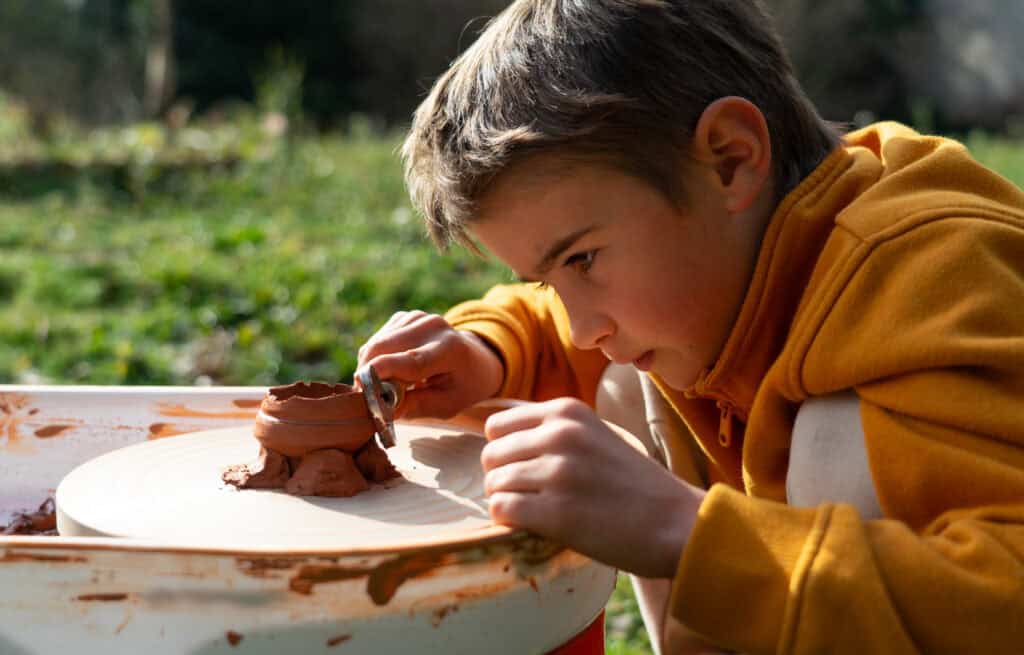
Cultural Connection
Creativity is a situated, social practice—it grows out of the tools, values, and rituals a community shares.
Different cultures emphasise different domains (e.g., craft, engineering, ceremony, science), and people show the most creative fluency where they have cultural knowledge and social support.
In other words, creativity isn’t just “in” a person; it lives between people, practices, and places—from community problem-solving and classroom routines to lab methods and family traditions.
Why this matters
Creativity doesn’t happen in isolation—it’s deeply shaped by the cultural environments we grow up in. From storytelling traditions to local crafts, every community holds creative wisdom in its tools, customs, and everyday practices.
When we lean into these strengths—whether it’s shared meals, festivals, repair work, or innovation in resource-limited settings—we uncover powerful, real-world examples of creative thinking. These are living ecosystems of creativity.
To foster richer, more inclusive creativity:
- Celebrate your cultural roots—use materials and methods that feel familiar and meaningful.
- Invite cross-cultural exchange—more perspectives mean more possibilities.
- Recognise that creativity takes many forms—from quiet reflection to lively improvisation, from precise planning to spontaneous invention.
Diversity in culture leads to diversity in creativity. When we make space for different ways of thinking and creating, we build more imaginative, adaptive, and connected communities.
Free Resources for Parents
Parenting is a journey of mutual growth—and we’re here to support you along the way.
Explore our collection of free resources, including story dice, printable guides, conversation starters, and more—designed to help you deepen connection, build emotional resilience, and embrace mindful parenting.
Sign up for our newsletter and get access to our Freebies Library to explore tools that support your parenting journey.

Final thoughts
Creativity is a learnable process that gathers strength through practice, thoughtful scaffolding, and supportive cultures. When we let go of the myths, we make space for clearer thinking, better learning, and more humane systems. Keep the conversation nuanced: myths like “real creatives are born” or “pain is required to make good art” can harm wellbeing and exclude learners; replace them with skills-based, health-supportive narratives.
Creative work doesn’t live in one hemisphere of the brain. It emerges when multiple networks coordinate, and it deepens with domain knowledge, deliberate practice, and useful feedback. Culture also matters: the tools, rituals, and relationships around us shape where fresh ideas appear and how far they travel.
Above all, remember the joy – curiosity, play, purpose, and the satisfaction of making something that didn’t exist before.
If you want to feel this shift today, try a tiny experiment: choose one task, spend seven quiet minutes exploring possibilities without judging them, then give yourself seven more minutes to shape one idea into something you could actually test. Notice what changed—your focus, your confidence, or simply your next step. Then share it with a support circle (peer, class, or team) and ask for one kind suggestion and one next action—keep it sustainable.

Reflect
Which creativity myth did you once believe, and what finally helped you move past it?
Share this blog piece with a friend who still thinks creativity is “art-only.”
Let’s build a culture where creativity is supported, practised, collaborative, and shared—across ages and cultures.
References:
- Benedek M., et al. (2021). Creativity myths: Prevalence and correlates of misconceptions on creativity. Personality and Individual Differences. 182, 111068. https://doi.org//10.1016/j.paid.2021.111068
- Sharp C. (2004) Developing young children’s creativity: What can we learn from research. National Foundation for Educational Research. 32:5-12. https://www.nfer.ac.uk/publications/developing-young-childrens-creativity-what-can-we-learn-from-research/
- Scott, G., Leritz, L. E., & Mumford, M. D. (2004). The effectiveness of creativity training: A quantitative review. Creativity Research Journal, 16(4), 361–388. https://doi.org/10.1080/10400410409534549
- Burkus D. (2013). The Myths of Creativity: The Truth About How Innovative Companies and People Generate Great Ideas. Jossey-Bass.
- Clabough E. (2018). Second Nature. How parents can use neuroscience to help kids develop empathy, creativity, and self-control. Sounds True.
- Nielsen, J. A., Zielinski, B. A., Ferguson, M. A., Lainhart, J. E., & Anderson, J. S. (2013). An Evaluation of the Left-Brain vs. Right-Brain Hypothesis with Resting State Functional Connectivity Magnetic Resonance Imaging. PLOS ONE, 8(8), e71275. https://doi.org/10.1371/journal.pone.0071275
This piece was written for you by
Making complex ideas accessible and sparking meaningful conversations.
